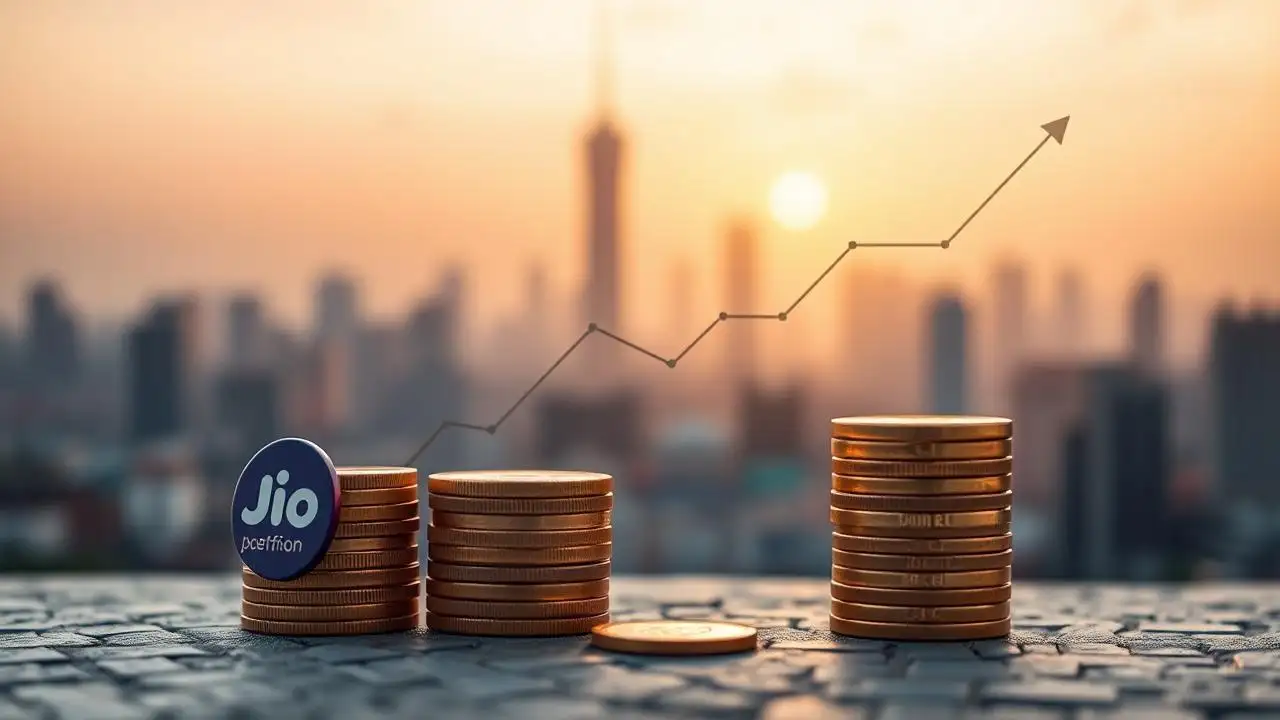INSUBCONTINENT EXCLUSIVE:
up from Rs 5,698 crore a year earlier, and Rs 7,022 crore crore in the previous three months, the Mukesh Ambani-owned company said in a
20 million home connections
Mukesh Ambani, chairman and managing director, Reliance Industries, the parent of JPL.
During the quarter, Jio reached 20 million connected
premises with fixed broadband, up from 17.4 million in the preceding quarter
Its FWA subscriber base touched 7.4 million - the largest number of any global telecom operator
This was driven by its self-developed multi-point UBR technology which enables multiple home connections through a single 5G cell site,
bringing down deployment costs
The company also fulfilled its target of 1 million home connections in a quarter - for the first time - during Q1FY26, it said
hikes.Mukesh Ambani-owned Jio reported a 19% on-year growth in revenue from operations at Rs 35,032 crore for the just-ended quarter,
reflecting continued data usage and ramp-up of 5G-based FWA services
Revenue in the fiscal fourth quarter was Rs 33,986 crore.Reliance Jio Infocomm, the telecom unit under JPL, reported an over 23% on-year
growth in net profit for the June quarter at Rs 6711 crore, on revenue from operations of Rs 30,882, up nearly 17% on year
operations.During the three-month period, Jio gained 9.9 million users, boosting its overall base to 498.1 million, as the telco continued
to gain users mainly from Vodafone Idea and state-run Bharat Sanchar Nigam Ltd
(BSNL).The company had taken the lead in raising tariffs by 12-25% for most of its users with the aim of shoring up ARPU due to the lack of
monetisation of 5G services so far where the company has made large investments in buying airwaves and rolling out a pan-India 5G network.It
infrastructure and is extending its leadership in 5G and fixedbroadband
tax, depreciation and amortisation (Ebitda) margin expanded to 518% sequentially from 50.1% in the fiscal fourth quarter and 49.7% a year
services and increased consumption by fibre-to-home users.Total wireless data consumption rose to 54.7 billion GB from 48.8 billion GB in
the preceding quarter, while voice consumption remained flat at 1.49 trillion minutes.

